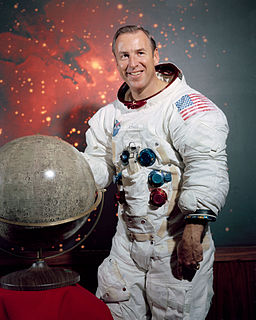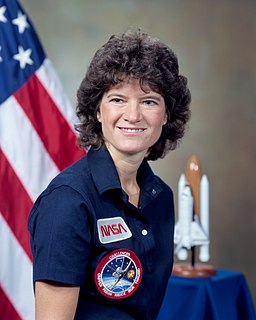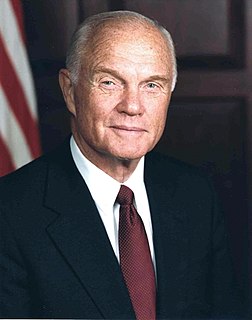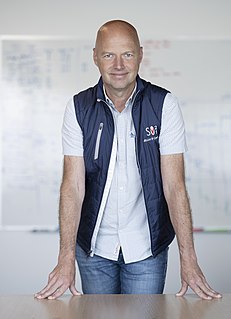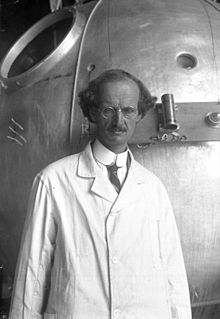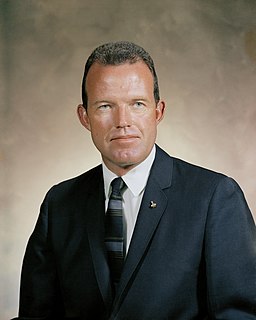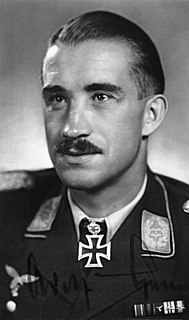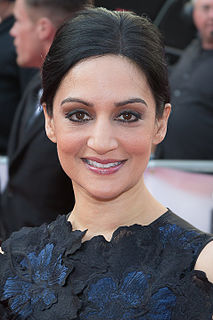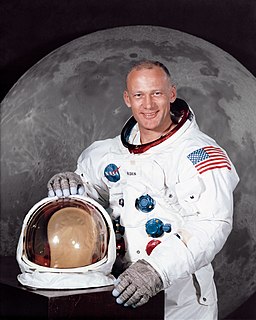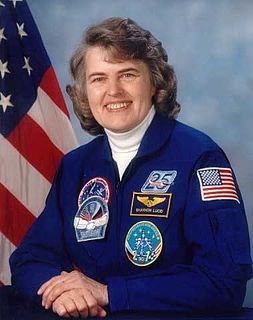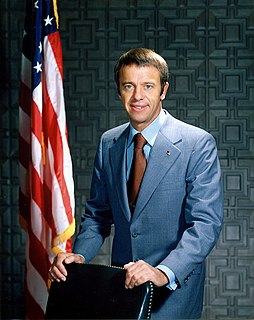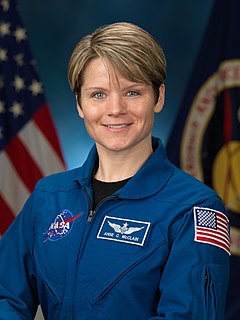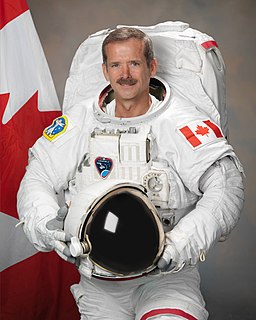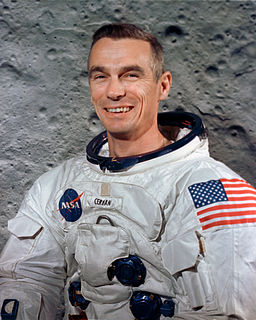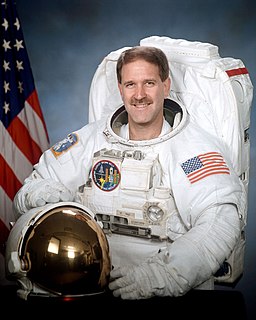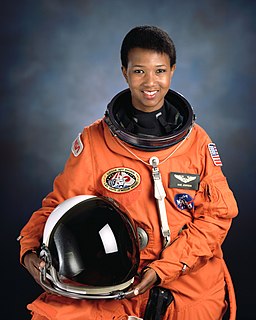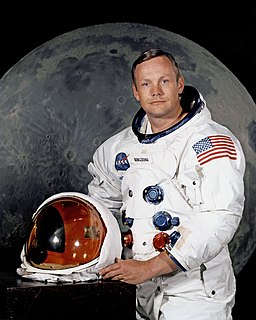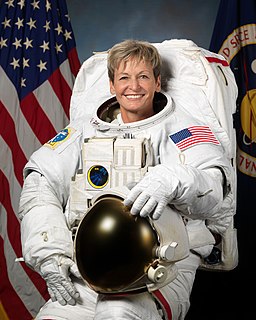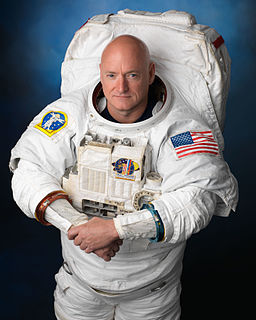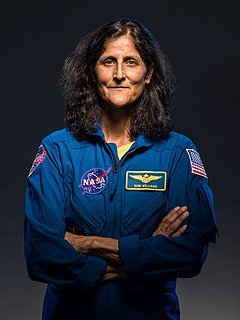A Quote by Jim Lovell
I was only a hero by default. The flights were few and far between. There weren't that many astronauts. The moon flights were so interesting and exciting.
Related Quotes
The view of earth is spectacular from space. Most people imagine that when astronauts look out the window of the shuttle they see the whole earth like that big blue marble that was made famous by the flights that went to the moon. But the shuttle is much, much closer than those astronauts were. So we don't see the whole planet, the whole ball at once, we just see parts of it.
